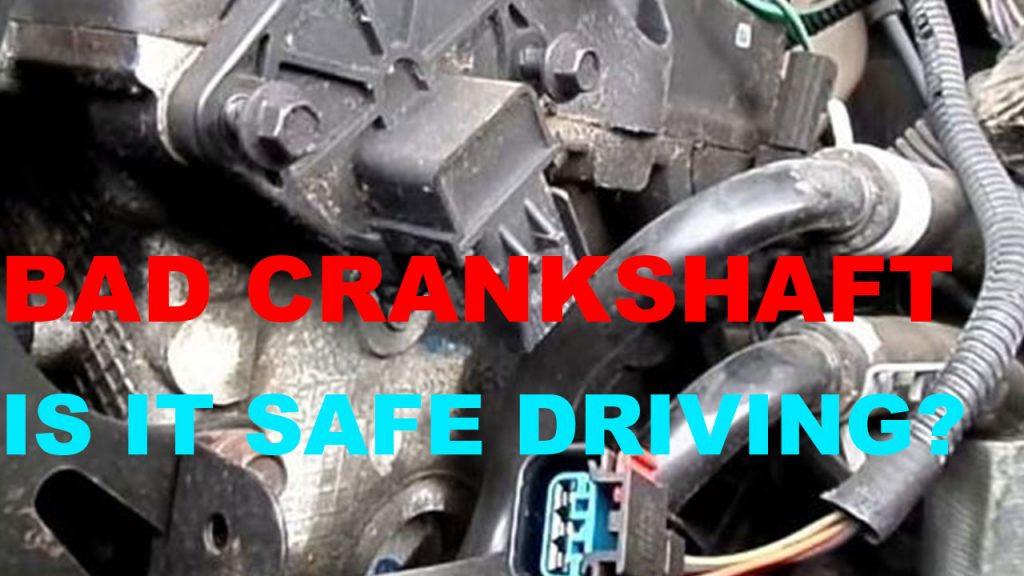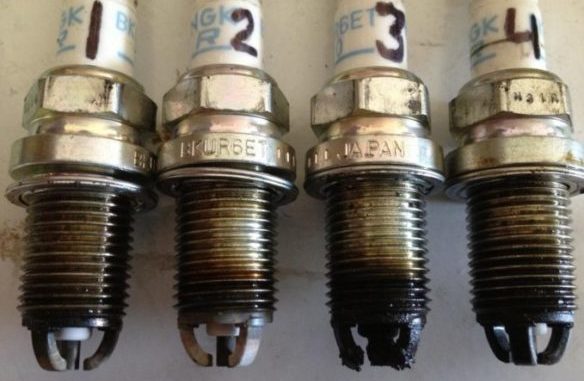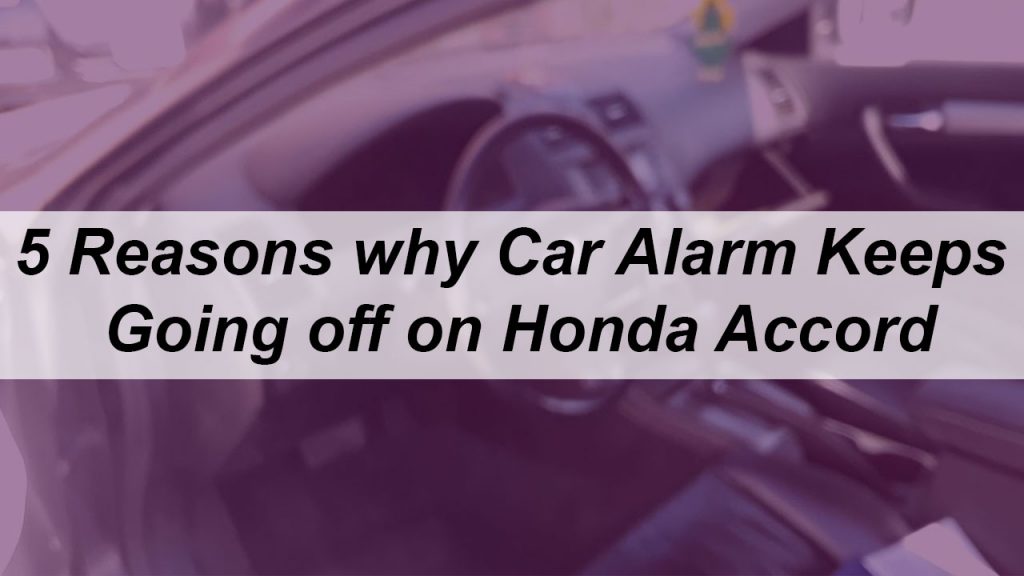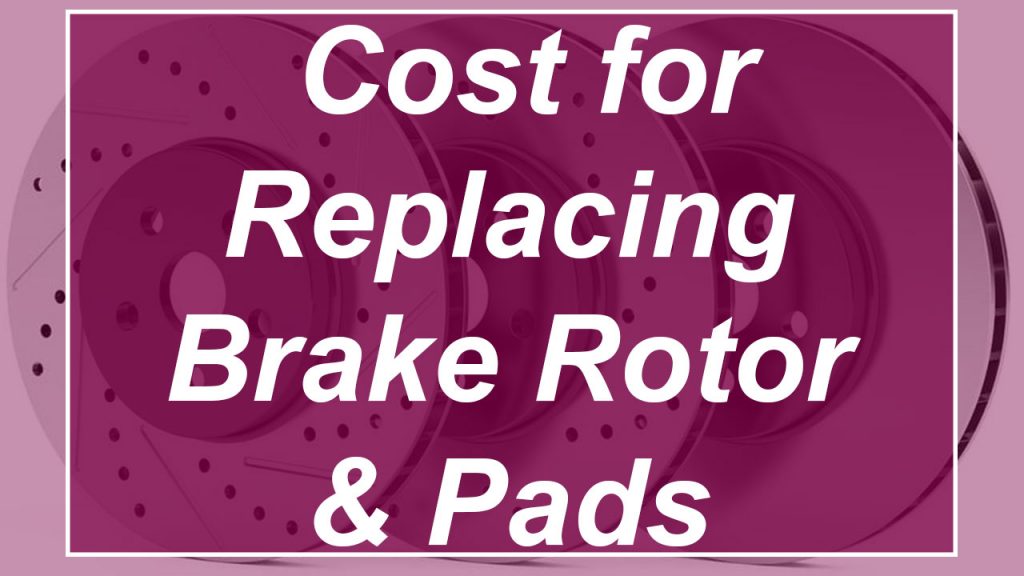Last updated on August 1st, 2023 at 08:04 am

As a car owner and driver, no doubt you’ve heard the terms ‘Timing Belt’ and ‘Timing Chain,’ but perhaps do not understand the differences or similarities. Not to worry, this article is designed to fully explain timing belt vs timing chain pros and cons & differences, as well as any other relevant factor you may need to know.
Without much ado, let’s get into it and demystify timing belt vs timing chain pros and cons & differences!
Overview On Timing Belt Vs Timing Chain
To start with, brief overviews of each of our subjects are in order.
Overview of Timing Belt

When you sit behind the wheel of your car, you may never know that it could take just one tiny slip for a major disaster to happen as a result of engine components colliding.
The job of making sure that the precision movements of several components working at once continue without fail belongs to your car’s timing belt, sometimes also known as your cambelt.
Your car’s timing belt connects and regulates the synchronized interaction between the crankshaft with its pistons and the camshaft(s) with its intake and exhaust valves system. Without a timing belt, a piston can crash into the camshaft at the wrong moment, causing major damage to valves and pistons.
Timing belts are usually made of tough and enduring hard rubber, like polyurethane, which is then reinforced with kevlar or fiberglass.
Overview of Timing Chain

Depending on what model of car you drive, your vehicle may be equipped with a timing chain instead of a timing belt. Just like a timing belt, your car’s timing chain executes the delicate task of keeping crankshaft and camshaft functions in sync throughout the combustion cycle, thus providing constant power for the engine’s use.
Unlike the cambelt, the timing chain is not made from reinforced rubber material but links of metal or steel extended in a chain-like arrangement.
You must note that your car cannot switch between a timing chain or timing belt at will. Most vehicle models are designed to use one system or the other. It’s either your vehicle uses a timing chain, or it uses a timing belt, and they are not interchangeable.
What Are The Difference Of Timing Belt Vs Timing Chain?
Since the timing belt and the timing chain basically do the same thing in a car, are they then the same? Well, that’s exactly what we mean to find out by this exploration of timing belt vs timing chain pros and cons & differences.
| Category | Timing Belt | Timing Chain |
| Differences | The timing belt is made from rubber materialThe timing belt is located outside the engine unit or casing. The timing belt lasts for about five years or 60,000 miles to 100,000 miles. The timing belt is cheaper than the timing chainThe timing belt is easier to replace than the timing chain and runs dry without the need for lubrication. | The timing belt is made from rubber materialThe timing belt is located outside the engine unit or casing. The timing belt lasts for about 5 years or 60,000 miles to 100,000 miles. The timing belt is cheaper than the timing chain. The timing belt is easier to replace than the timing chain, It runs dry without the need for lubrication. |
Timing Belt Vs Timing Chain Pros And Cons
Timing belts and timing chains each have their own benefits and disadvantages. A look at some of these may help you decide which system you would prefer in a car.
| Category | Timing Belt | Timing Chain |
| Pros | It’s cheaperIt’s dry and does not need oilIt’s easier to changeIt’s more accessible | It lasts longer |
| Cons | It can fail especially after long use | It’s more costlyIt’s more difficult to reach and replaceIt needs oil which can leave the engine greasy |
Timing Belt Vs Timing Chain Cost

Naturally, occasionally, you may be required to change or replace your timing belt or timing chain due to damage or wear and tear occasioned by friction. What could be the range of costs for this?
A timing belt will cost you about $100-$350 for the part itself and another $500 to $900 for labor. Put together; you could be looking at $500 to $1000 in total.
A timing chain is a bit trickier and may cost you anywhere between $600 and $4000, depending on your model and how quickly you get to the auto shop. The more likely cost, however, would be less than $2000.
What Is Timing Chain Lifespan?
Timing chains used to last basically the lifespan of the car itself without a need for a replacement. These days, however, you can more realistically expect it to last for at least 60,000 miles or 80,000 miles, with most timing chains lasting far longer.
What Is Timing Belt Lifespan?
The technology in timing belt design continues to improve with materials and reinforcement materials getting better thus, although many manufacturers advise that you consider changing or replacing your timing belt after 60,000 to 100,000 miles, a timing belt lasting as long as 200,000 miles is not unheard of.
To be on the safe side, you ought to start thinking of changing your timing belt after 5 years.
Timing Belt Or Chain List
Depending on the year and model, your car could come with either a timing belt or a timing chain. Timing belt or chain lists below help you to see what models come with what. You can sample a selection below.
| Car Model | Timing Chain | Timing Belt |
| Toyota 4Runner | 1990-2000, 2010 (4 Cylinder)2003-2012 (V6) | 1990-2002 (V6)2003-2009 (V8) |
| Toyota Camry | 2002-2012 (4 Cylinder)2007-2012 (V6) | 1990-2001 (All models)1990-2006 (V6) |
| Honda Accord | 2003 to 2016 Accord (2.4) | 2008 to 2014 Accord (V6 3.5)2006 to 2007 Accord (V6 3.0)2003 to 2004 Accord (3.0) |
Timing Chain Belt Replacement Cost
Your timing belt or chain replacement costs will tend to be on the high side, ranging from $500 to $4000. However, you need to know that this is an important repair or replacement that must be made; otherwise, it can spell disaster for the entire engine and the car itself.
Recap
By now, you are well aware of timing belt vs timing chain pros and its cons & differences.
Along with that, other information you ought to have gleaned from this article includes timing belt and timing chain replacement costs, lifespan, the pros and cons of each system, and the differences between the two.
You will stand a better chance hereafter with making a choice between a timing belt or a timing chain.












